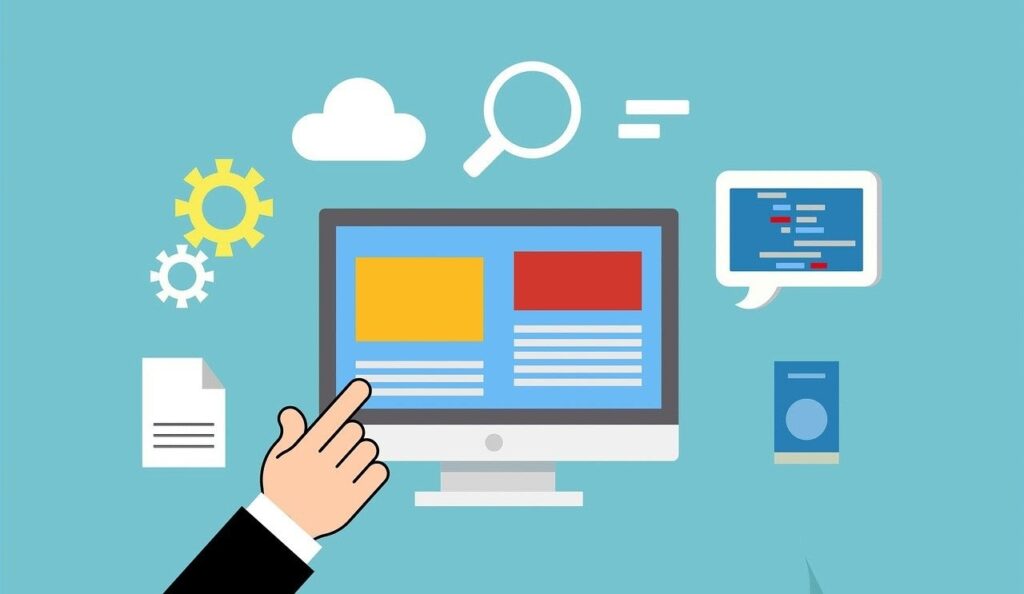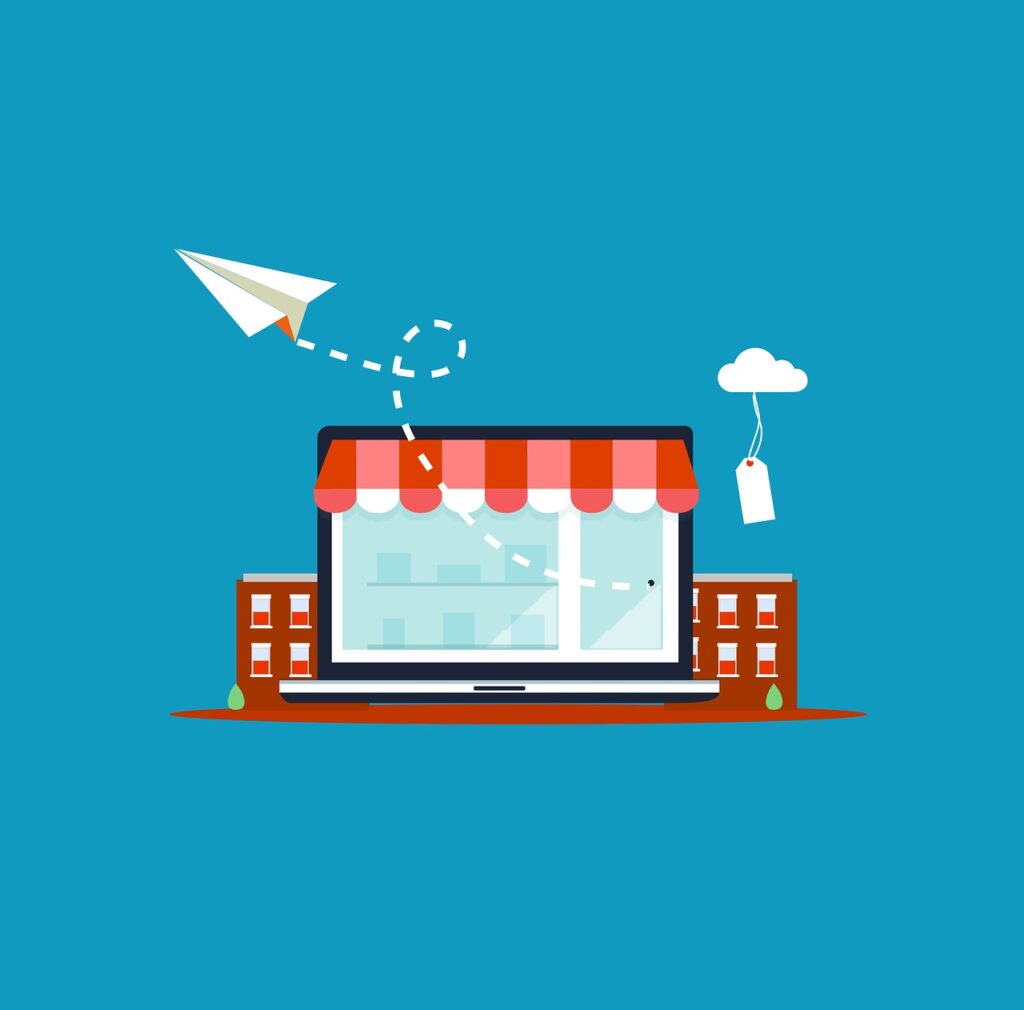B2B lead generation is a set of processes for identifying potential customers and then building relationships with them, aimed at increasing their interest in the product. As you can imagine, this process’s significance is enormous, and it must be permanent to bring maximum results.
Simultaneously, the strategies for using B2B lead generation are different and depend on the stage of implementation of your business project. A striking example of such actions is the constant attraction of new customers and the maintenance of their stable and high interest. Here, the first step is to accumulate information about potential contacts and send it to your sales funnel, after which the potential client should be turned into a buyer with a sale.
What is B2B lead generation?
B2B lead generation – the most basic principle of optimizing marketing interaction with customers. This concept includes a group of processes that aim to identify your target audience, that is, those who are most interested in the products and services you offer. The second most important task of these processes is to simplify communication with the client and reduce the distance. Thanks to this, you will get the maximum ratio of funds spent on marketing and results from advertising actions.
Below we will take a closer look at the processes and strategies of B2B lead generation and at the importance of this business development.
Why is lead generation important?
The importance of this process lies in the fact that it will be difficult for a business to develop and sell a product without it. This is because the business does not understand what type of customers it wants to attract and what type of sales to apply to sales.
Modern marketing is increasingly integrated into the digital segment. Therefore, today many companies are dependent on traffic to their websites, and it is the B2B lead generation that generates this traffic. This makes it easier for the service provider to convey the right information to the potential buyer and segregates the customers most interested in the product. At the same time, the customer also gets the opportunity to shorten the path to the product. The algorithms for the transfer of leads to the site increase the chances of purchasing a product and help get the most up-to-date statistics.
Simultaneously, a set of actions that will create an attractive image of the website and a friendly background will increase the chances of standing out from competitors and increase the chances of conversion.

Who conducts leads generation?
B2B lead generation is a complex and multi-step process that is handled by sales and marketing professionals. They can work independently, but the most effective work is when they work as a team.
The sales team at the most productive plan is divided into two groups that perform separate tasks.
- Sales Development Representatives (SDRs) – This group is responsible for finding, connecting, and ensuring initial contact with potential customers.
- Business Development Managers (BDMs) – This group oversees and organizes demos, finalizes deals, and is responsible for profits
The division of the sales department into two groups has several undeniable advantages. This provides a B2B lead generation pipeline – the relationship between SDRs and BDMs is clear and explicit since the former provides the latter’s capabilities. Each participant in this chain perfectly understands their tasks and quickly becomes a specialist in their implementation. Also, the motivation is obvious – SDRs strive to move to the second group, and the success of BDM is directly dependent on income.
The marketing team is also divided into two groups, although their tasks have more in common.
- Demand generation marketers – this group covers the entire volume of the B2B lead generation revenue cycle. They oversee the entire lead transformation process, from brand awareness to revenue generation.
- Growth hackers – the task of these people is to generate maximum revenue with minimum investment. Their role is incredibly high in the initial stages of work, and the methods can be experimental.

How do you generate leads?
B2B lead generation is supported by a variety of sales and marketing activities. And, now we will tell you about the most common methods.
When it comes to sales, the classic lead generation process is called B2B outbound. It consists of the following components.
- Cold calling – SDRs contact potential customers by phone to convey to them all the benefits of the product and brand, establish contact with them and provide the conditions for a potential deal. This stage can be implemented both automatically and manually.
- Outbound email – SDRs communicate with potential clients via e-mail, form the conditions for the transition to the next level of the transaction. This is a very painstaking and time-consuming process, and, usually, special programs are used in it. The most powerful tool for achieving these goals is email search. It will give you a solid foundation for establishing reliable communication and dialogue with potential clients. An email hunter like Snov.io, a service for analyzing and collecting correct email addresses.
- Social selling is the process of tracking a prospect’s SDRs on social media to engage them and establish relationships that can lead to a sale. Naturally, for the B2B space, LinkedIn is the main platform for building relationships on social networks.
- Sales cadences are a collection of all the methods above that can increase the likelihood of a lead responding.
As for marketing, then all the specialists’ activities should lead to the main goal – the formation of demand. For this, the following tools are used.
- Growth hacking – This method combines non-standard and unorthodox techniques aimed at rapid business growth.
- Content marketing – establishing a connection with the target audience through content (blogs, videos, articles, etc.) designed for this audience.
- Account-based marketing (ABM) – this process involves identifying decision-makers in a potential client and building a personalized advertising campaign designed for him.
These processes’ application and relevance depend on the importance of generating leads for B2B the marketing funnel.
Is lead generation legit?
Anything that is not prohibited by law is permitted. This is the most important rule for any free country, but still, when you generate leads for B2B, you need to be more delicate and remember the four main aspects that can create problems.
- Privacy and piracy – monitor compliance with the rules and regulations in your companies and the resources you use in campaigns.
- Children’s privacy is an important aspect that requires maximum attention, especially if the marketing campaign is aimed at children.
- Testimonials – the FTC has extensive guidance regarding online advertising. If you do not want unnecessary problems, you should consider them very carefully.
- Email compliance – the right not to receive e-mail is enshrined in law and should be taken very seriously.
As you can see, B2B lead generation can open up incredible prospects for developing an existing business and give you an instant acceleration for a new startup. Modern technologies open up thousands of new possibilities. You just need to understand how to use them.
If you need time to understand this technology, then do not waste your time and use at least the most elementary and inexpensive way of B2B lead generation – email hunt. At the lowest cost, email search will give you tons of new leads and provide a great excuse to get to know your product.




